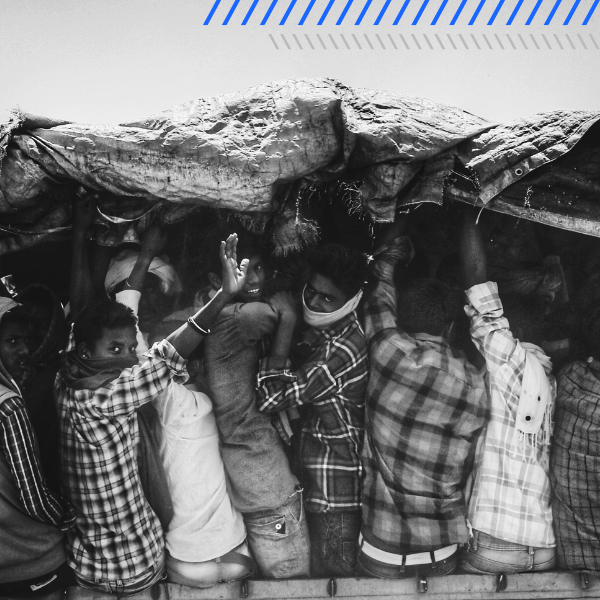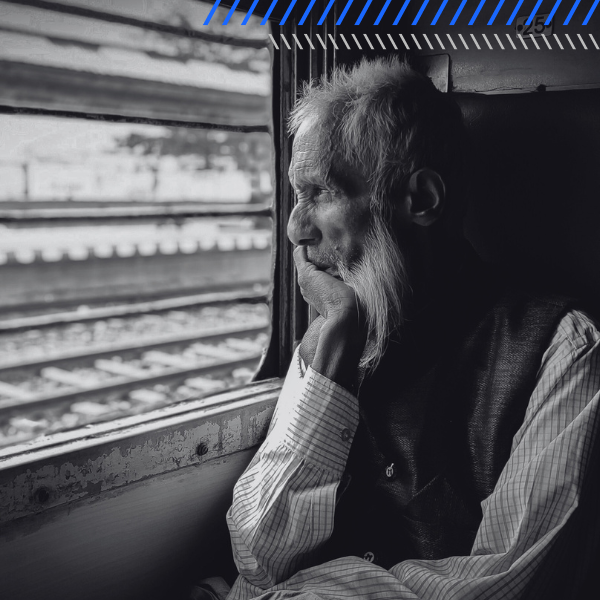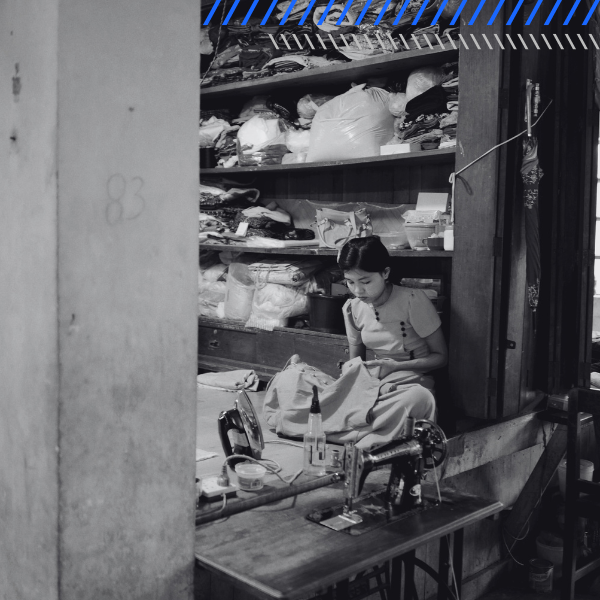Udit Kalra, Ventures Marketing Associate, sketches out how intricately migration adds to local cultures, and brings out a unique sense of belonging in a period of isolation.
As International Migrants Day dawns, it’s time to pause and reflect on how migrant workers, especially those in blue-collar jobs, contribute to and are shaped by the cultures they are part of. From the bustling factory floors to the quiet corridors of dormitories, their stories are a fascinating mix of heritage, resilience, and cultural exchange.
A mini-India thrives in the humming factories and construction sites across the country and beyond. Here, workers from different regions – each with its own language, customs, and culinary flavors – come together, creating a microcosm of cultural diversity.
Imagine a Punjabi, a Tamil, and a Bengali sharing a workbench, each bringing a unique perspective while sharing a sense of camaraderie.
One of the most delightful aspects of this cultural mingling is the food. Migrant workers often bring their traditional cuisines to their new homes. In canteens, communal kitchens, or local eateries they frequent, one can find an array of dishes that tell a story of migration and memory.
Envision a group of workers gathered around a plate of samosa chaat, where the classic, crispy samosa is deconstructed and mixed with an array of chutneys, yogurt, and fresh herbs, transforming a familiar snack into a riot of flavors. Similarly, imagine their intrigue and delight in sampling a ’99 variety dosa’, each variety offering a new twist to the traditional dish.
These dishes are not just meals, but a celebration of India’s ability to reinvent and fuse its culinary heritage – a feat impossible without migrant workers bringing their cultures together.
Many migrant workers continue to celebrate their native festivals, some also inviting others to join. These celebrations are vibrant displays of culture and heritage, bringing a slice of home to foreign lands.
For example, migrant workers from Bengal in cities like Mumbai or Delhi celebrate Durga Puja with great enthusiasm. They set up pandals, perform traditional rituals, and prepare authentic Bengali cuisine, inviting locals to partake in the festivities. These occasions are not just a showcase of vibrant cultural practices but also play a crucial role in strengthening community bonds and fostering a sense of belonging among migrants.
Migrant workers often create tight-knit communities, like a little version of their homes in their adopted lands. These communities can provide support and comfort. For instance, on a weekend, one might find a group playing some sport or gathering in a local restaurant to talk about politics over tea or coffee, reinforcing their regional identity. These interactions not only help migrants cope with the challenges of living in a new place but also add diversity to local cultures.
The fusion of different working styles and approaches from various cultures is another remarkable aspect of migrant workforce diversity. Blue-collar workplaces, in particular, become labs for cultural exchange where different methods and perspectives meet.
Migrants often bring a unique mix of adaptability and a strong work ethic. Their approach to teamwork, often inclusive and collaborative, can inspire new ways of working and problem-solving. This amalgamation of working styles enhances the workplace, turning it into a learning hub where different cultures merge and innovate.
For instance, in textile manufacturing units in Surat, a city known for its diverse workforce, migrant workers from different parts of India bring together their regional weaving and embroidery techniques. This collaboration seldom results in new lines of textiles, blending various traditional designs and methods, bringing innovative and unique products to the market.
Yet, the journey of migrant workers is not without its hurdles. Adapting to a new culture, language barriers, and the pang of missing family festivities back home are real challenges. But their stories of overcoming these barriers, often with the help of fellow migrants, are inspiring. These narratives are not just about hardships but about hope, ambition, and the triumph of the human spirit.
December 18 was International Migrants Day. In honor of the migrants that enrich the communities they become part of, let’s take a closer look at their colorful, vibrant world. Their contributions to the fabric of their adopted regions are invaluable. They are not just workers; they are carriers of a rich heritage, adding to the global mosaic of cultures.
Photo by Ravi N Jha on Unsplash.
Have any thoughts, ideas or questions that you would like to share? Write to udit.k@goodbusinesslab.org


